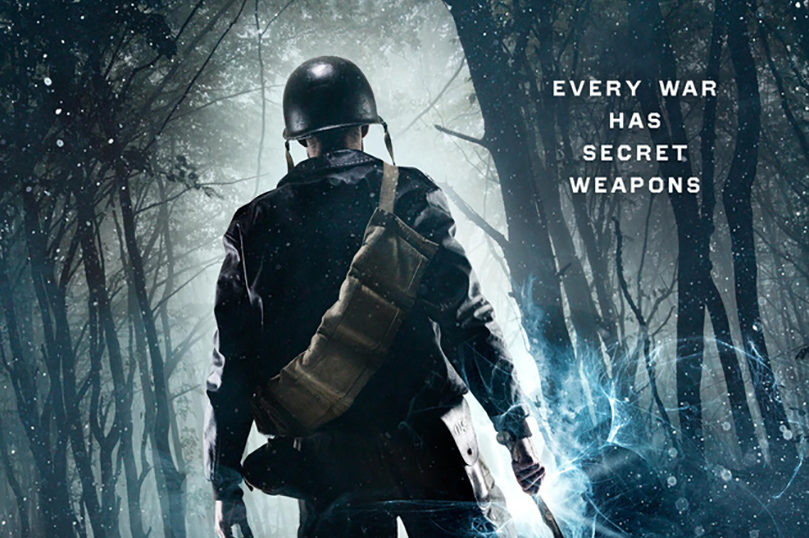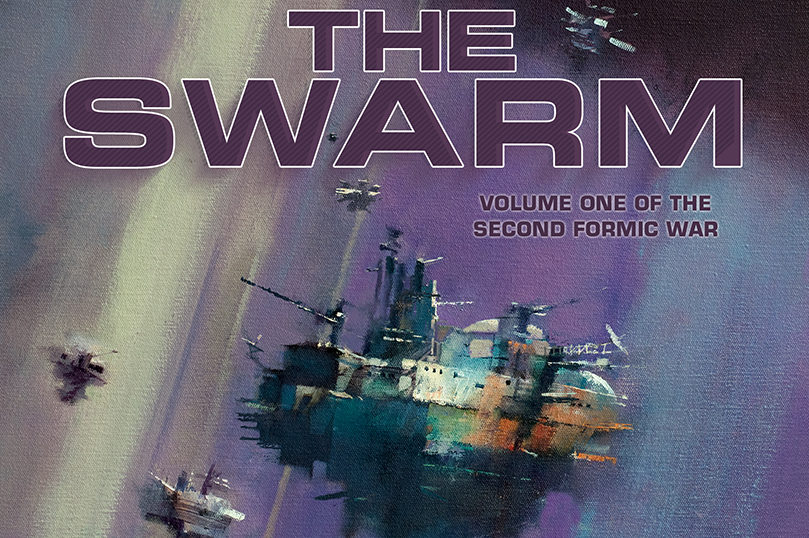
$3.99 eBook Sale: May 2022
New month, new eBook deals! We’ve got a whole slate of hot titles discounted to $3.99 for the month of May!
Check it out!

New month, new eBook deals! We’ve got a whole slate of hot titles discounted to $3.99 for the month of May!
Check it out!

May the 4th be with you! It’s Star Wars day, and we’re celebrating with some of our favorite science fiction titles. Check out tales of empires in the stars, alien conflict, and more with this ebook sale—available today only for just $2.99 each.

New from David Mack and more!

New Releases Here’s what went on sale today! The Swarm by Orson Scott Card and Aaron Johnston Orson Scott Card and Aaron Johnston return to their Ender’s Game prequel series with this first volume of an all-new trilogy about the Second Formic War in The Swarm. The first invasion of Earth was beaten back by a…

Tor/Forge authors are on the road in August! See who is coming to a city near you this month. Levi Black, Red Right Hand Wednesday, August 3 Orlando Public Library Orlando, FL 6:30 PM Robert Brockway, The Empty Ones Tuesday, August 30 Powell’s City of Books Portland, OR 7:00 PM W. Bruce Cameron, Repo Madness Tuesday,…

Orson Scott Card and Aaron Johnston return to their Ender’s Game prequel series with this first volume of an all-new trilogy about the Second Formic War in The Swarm. The first invasion of Earth was beaten back by a coalition of corporate and international military forces, and the Chinese army. China has been devastated by…
Want to make your shelves the envy of genre fans everywhere this holiday season? We’re offering the chance to win your choice of boxes of sci-fi or fantasy novels, from authors like John Scalzi, Brandon Sanderson, Elizabeth Bear, and more. Sign up for the Tor Newsletter for you chance to win now! And don’t forget…
We are celebrating space operas this month with a special ebook promotion! Seven titles are now available for just $3.99 each. This sale ends May 8th.
The nominees have been announced for the 2014 Goodreads Choice Awards and fiveTor titles have made the cut! In the Science Fiction category: Earth Awakens by Orson Scott Card and Aaron Johnston Lock In by John Scalzi In the Fantasy category: The Emperor’s Blades by Brian Staveley Words of Radiance by Brandon Sanderson The Goblin Emperor by Katherine Addison…

Earth Awakens by Orson Scott Card and Aaron Johnston The story of The First Formic War continues in Earth Awakens. Nearly 100 years before the events of Orson Scott Card’s bestselling novel Ender’s Game, humans were just beginning to step off Earth and out into the Solar System. A thin web of ships in…